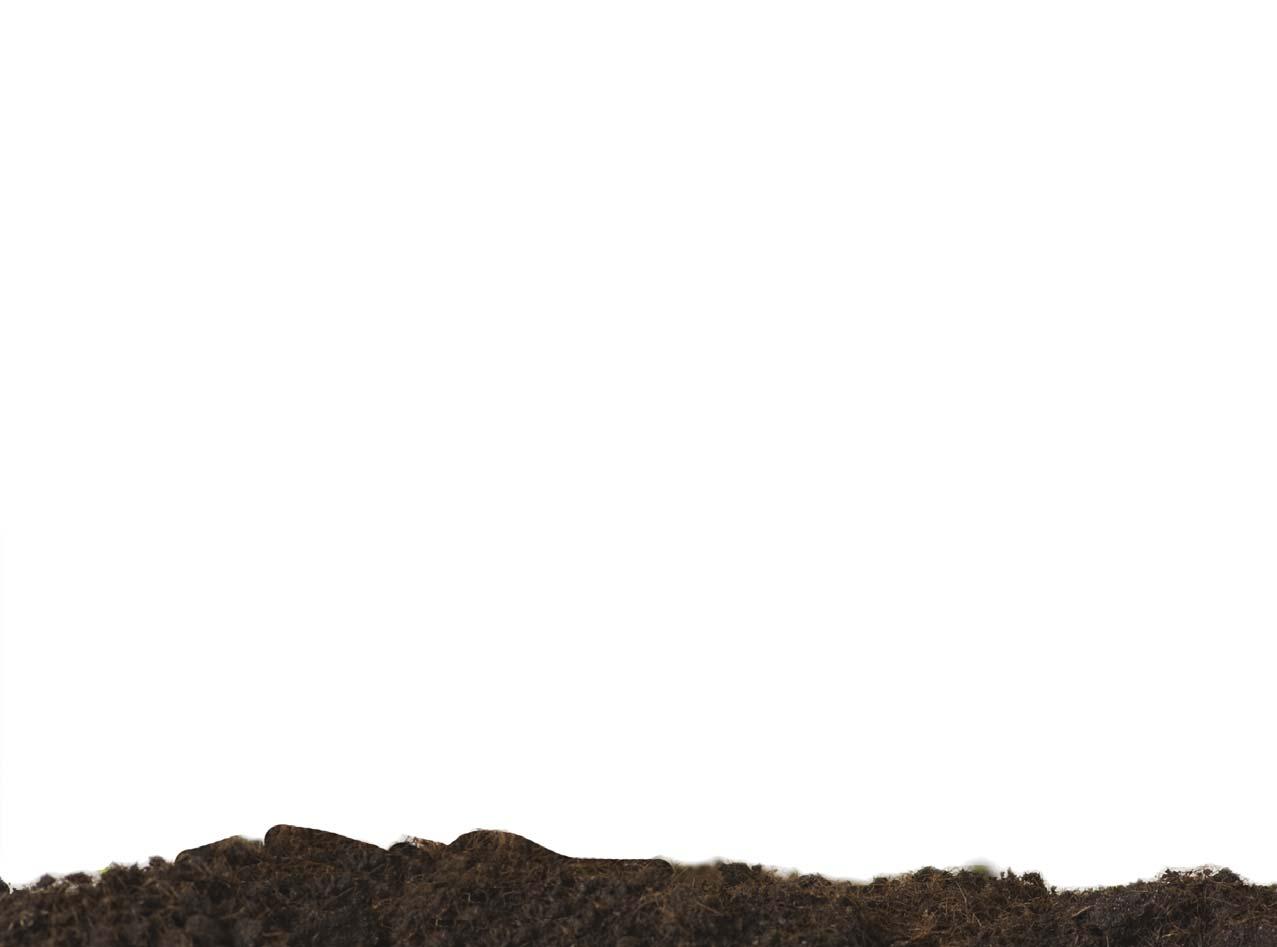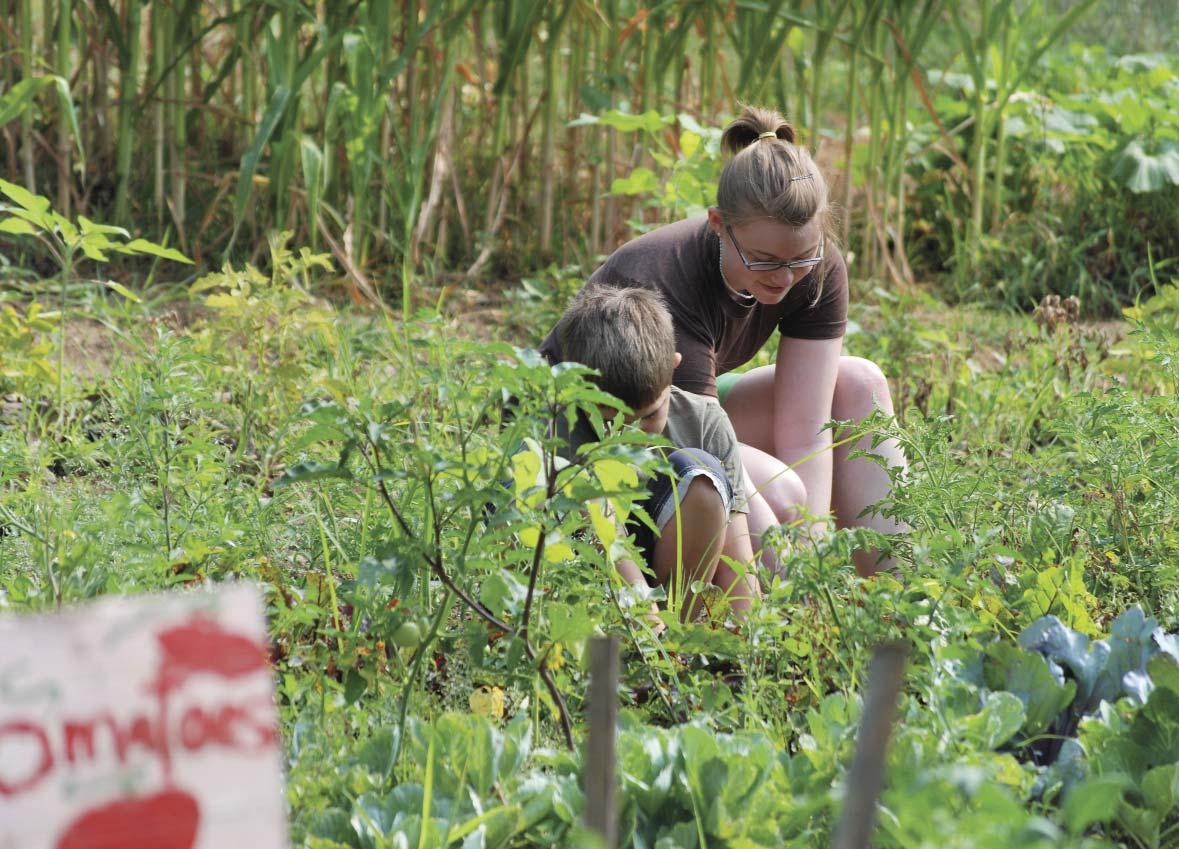
3 minute read
MBCGreen
As a group of students dedicated to making Mary Baldwin College more eco-friendly, the Green Team put a heavy emphasis this year on one particular tenet of environmental stewardship: recycling. In 2009–10, students ramped up the on-campus effort by including cardboard and mixed paper in its recycling repertoire. Green Team advisor Steve Grande, director of civic engagement, called the addition “a tremendous contribution” to the college’s eco-focus. There is room for improvement, though. According to Grande, recycling numbers fell off in early 2010, making the Green Team’s efforts to reduce landfill waste even more valuable. Also helping to improve the college recycling plan this year were senior business students who worked in groups to streamline waste management on campus, with an eye toward saving money andthe planet.
>> What Goes Around Comes Around
Advertisement
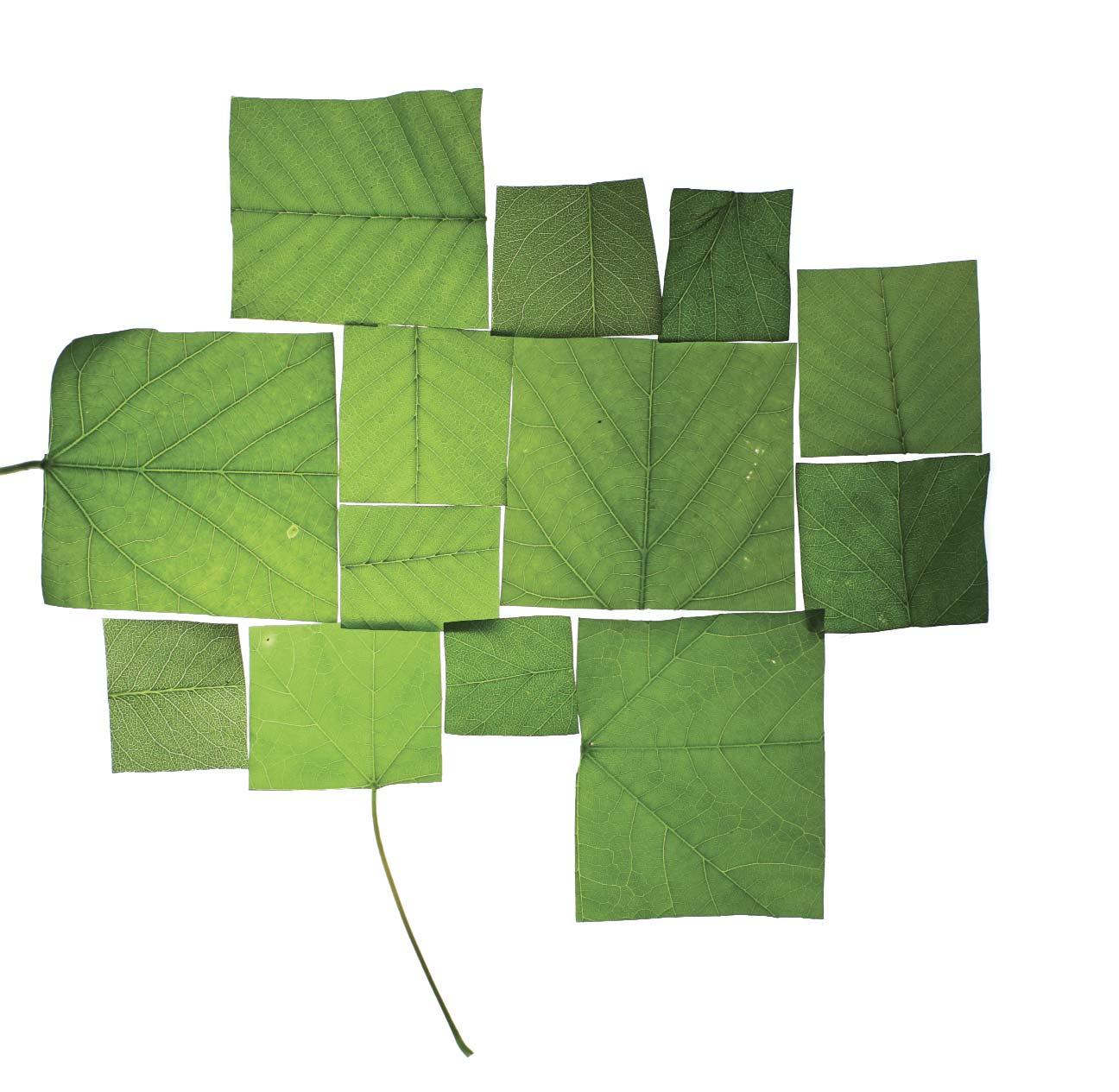
The Green Team launched in 2009–10 a program to compost dining hall scraps. With the help of dining services staff and a local farmer, hundreds of pounds of vegetable scraps were diverted from the landfill. Instead, those sweet potato peels, asparagus stems, and apple cores were taken to a nearby farm and made into compost — that dark, loamy substance that can do so much to enrich soil naturally.
The process not only reduces the buildup of harmful methane gas that forms at landfills, it also saves the college money by reducing landfill-hauling fees.
Green Team member Aimee Sanford ’11 said she’d like the program to be extended so that post-consumer food waste — or food left over from plates — is also composted. Grande said using the compost made from dining hall scraps on campus is another Green Team goal for 2010–11.
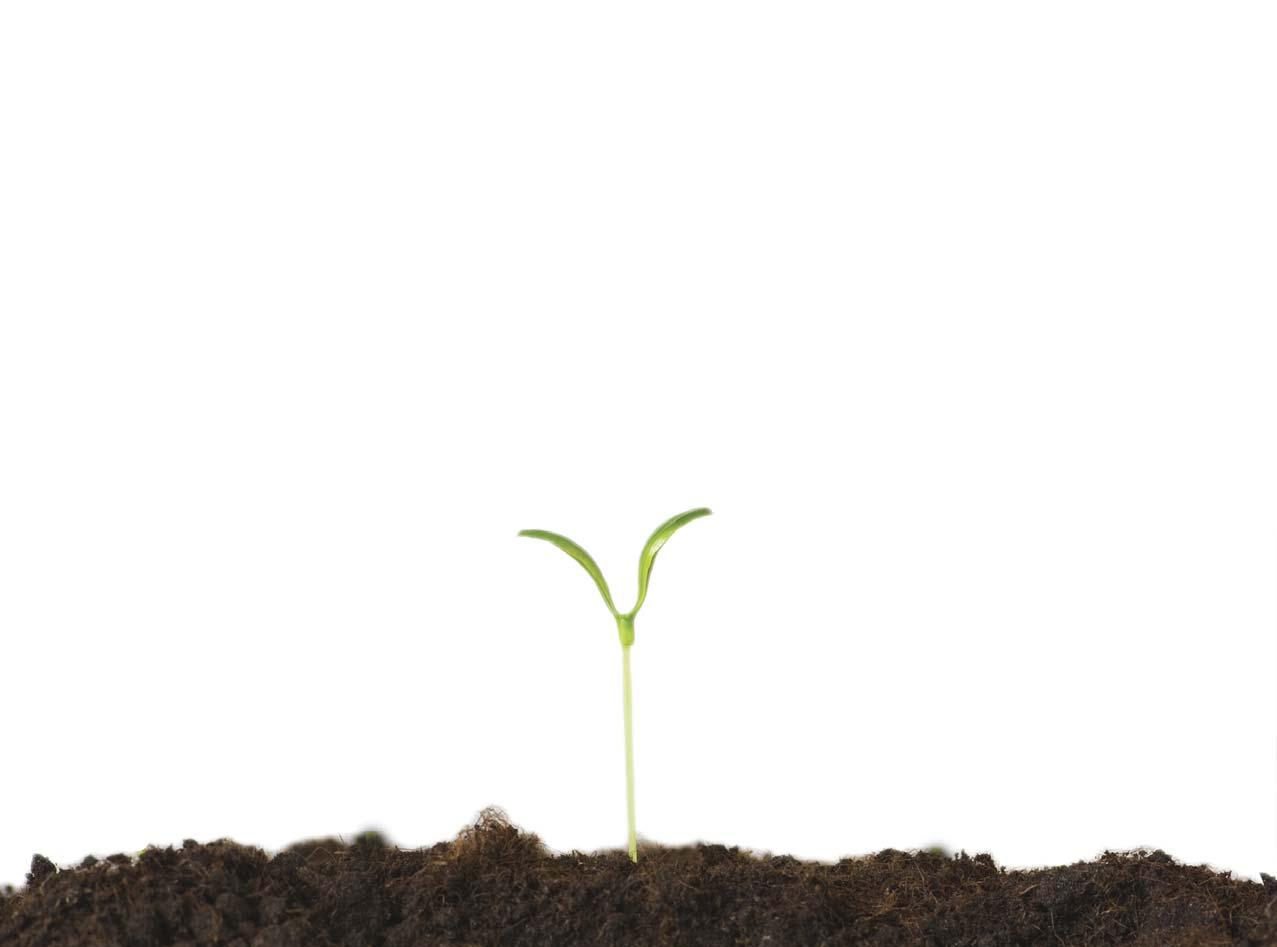
>> Community Garden
Could Help Feed College
Those who have taken part in the planting, tending, and harvesting of Mary Baldwin’s community garden near Prospect Street are ready to take the service project to a new level in 2010–11.
“We hope to plant more vegetables that would show up in the dining hall,” Grande said. “It’s a good way for students to see the whole cycle of food.”
He’ll work with folks such as Professor of Sociology Carey Usher, a master gardener, and MBC Executive Chef Tracy Hiner to determine when and how many of which particular crops to plant. Although faculty, staff, and students have contributed to the garden’s success over the past two years, Grande said he’d like to see more students involved in the harvesting process this fall.
Students dining in Hunt this year also enjoyed some locally grown vegetables, and beef and pork from area farms.
And in yet another effort to expand the college’s push to produce more local food, Grande is building a partnership with a community garden on Stafford Street in Staunton. A group met in March to establish work groups and set planting dates for the 2010 harvest. The site — near the Booker T. Washington Community Center — is where Susannah Baskervill ’04 spent much of her senior year recruiting local children to cultivate a community garden after receiving a $1,000 Margarett Kable Russell Scholarship.
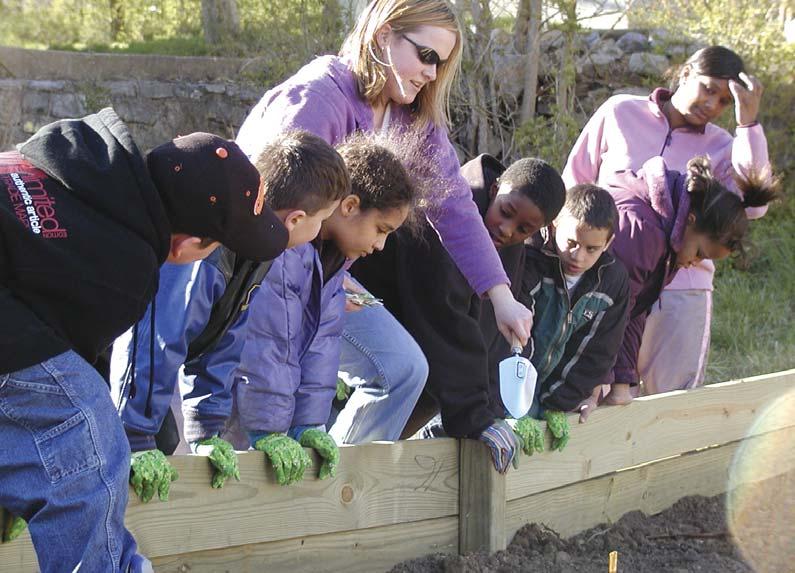

PHOTO BY DAWN MEDLEY
mbcroots Stafford Street Community Garden [ ]

